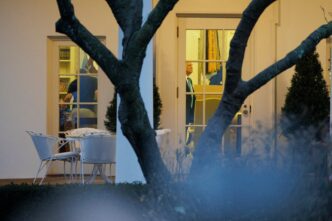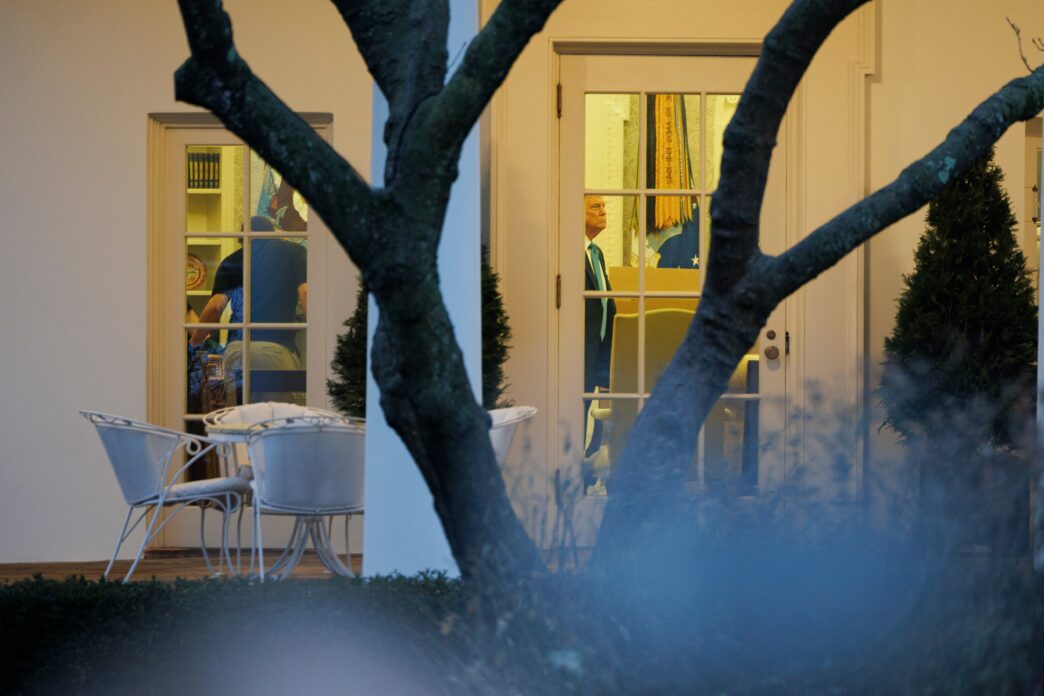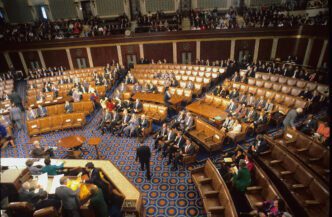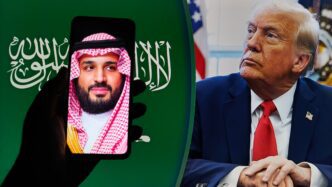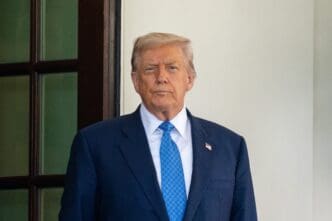Executive Summary
The Story So Far
Why This Matters
Who Thinks What?
President Donald Trump’s administration faces a potential Supreme Court decision that could invalidate some of his most expansive tariffs, yet he has articulated a “game two plan” to persist with his tariff-centric economic agenda through alternative legal frameworks. The prospect of such a ruling follows a Supreme Court hearing where both liberal and conservative justices expressed reservations regarding the legality of tariffs imposed under the International Emergency Economic Powers Act (IEEPA).
Trump stated that a loss in the Supreme Court case would be “devastating for our country.” Despite this, he affirmed his intention to adapt, signaling that his administration would continue to employ tariffs, albeit under different statutory authorities.
The tariffs currently under scrutiny, enacted primarily through IEEPA, include “reciprocal” duties reaching as high as 50% on major trading partners like India and Brazil, and up to 145% on China. These levies have cumulatively generated nearly $90 billion in payments from American importers as of late September, according to data from US Customs and Border Protection.
Experts, including economists at Goldman Sachs, anticipate that the Trump administration would not abandon tariffs entirely, even if the Supreme Court curtails the use of IEEPA. They suggest that large trading partners would likely experience minimal change, as the administration would simply pivot to other legal justifications for imposing duties.
Alternative Tariff Authorities
Should the Supreme Court rule against the IEEPA-based tariffs, the Trump administration has several other statutory options to continue its trade policy:
Section 122 of the Trade Act of 1974
This provision empowers a president to impose tariffs of up to 15% for a maximum of 150 days to address significant balance-of-payments deficits. Unlike other authorities, Section 122 does not require an advanced investigation, allowing for immediate implementation of new levies. Any continuation beyond 150 days would necessitate congressional approval.
Section 232 of the Trade Expansion Act of 1962
This law grants the president authority to levy higher tariffs on national security grounds. It requires an investigation by the Commerce Department before tariffs can be imposed and is typically used to target specific sectors. Previous tariffs on steel, aluminum, copper, lumber, furniture, cars, and car parts during Trump’s second term were initiated under Section 232 investigations.
Section 301 of the Trade Act of 1974
Under Section 301, the US Trade Representative (USTR) can investigate countries suspected of violating trade agreements or engaging in practices that burden or restrict US business. While these investigations, like the one recently launched by USTR Jamieson Greer into China’s adherence to a trade agreement, can take weeks or months due to public comment periods, there is no statutory limit to the level or duration of tariffs that can result.
Section 338 of the Tariff Act of 1930
Though never implemented by a president, this law allows for tariffs of up to 50% on imports from countries deemed to be engaging in discriminatory trade practices against the United States. However, utilizing Section 338 could potentially violate World Trade Organization agreements and provoke significant retaliation from affected nations.
The impending Supreme Court decision on the legality of Trump’s current tariffs under IEEPA is poised to reshape the legal landscape for presidential trade powers. Nevertheless, the administration has outlined clear intentions and multiple statutory pathways to maintain its aggressive tariff strategy, signaling a continued focus on trade protectionism regardless of the court’s verdict.

